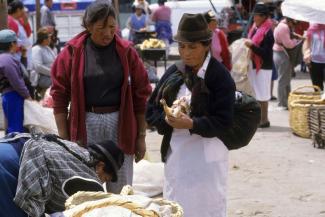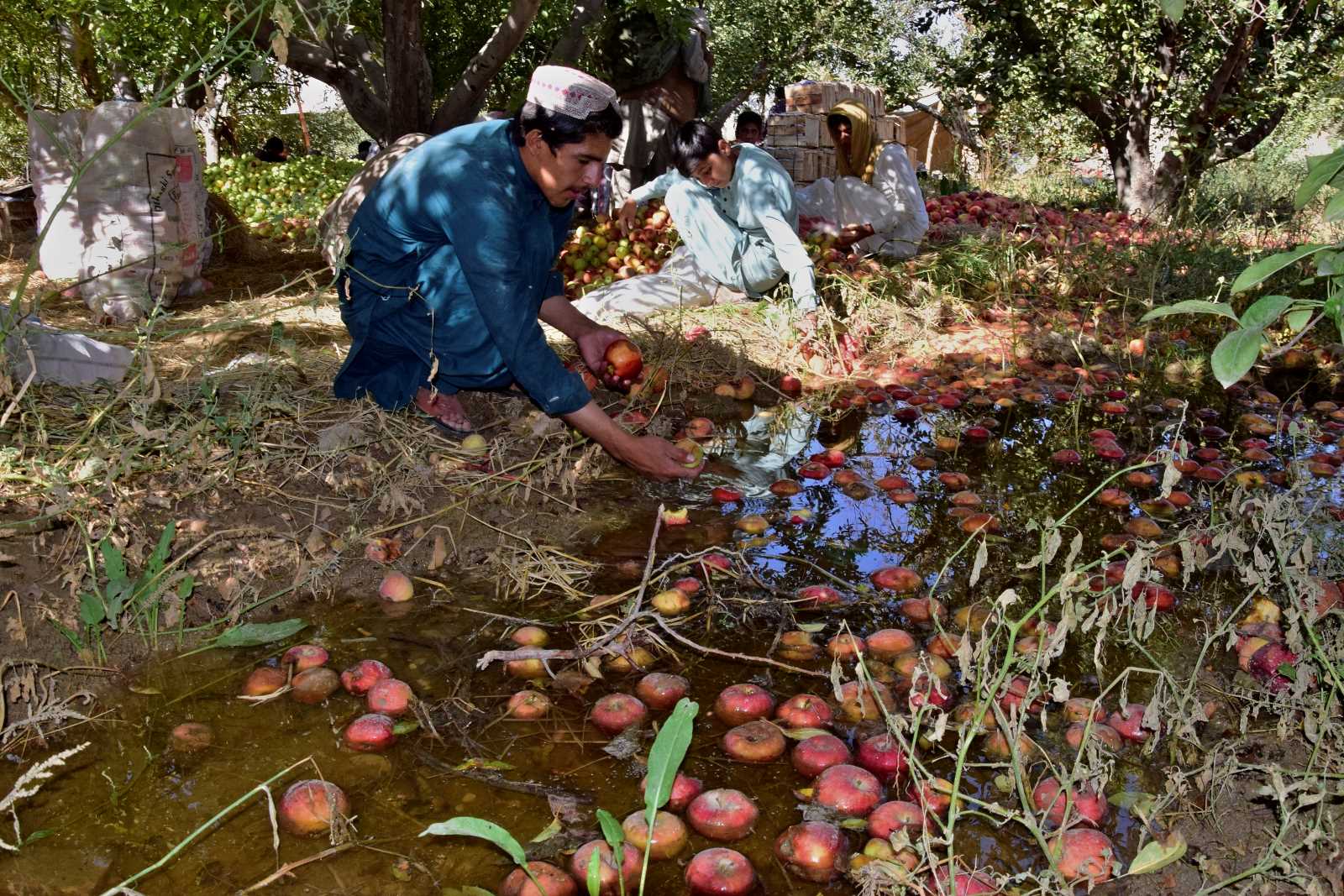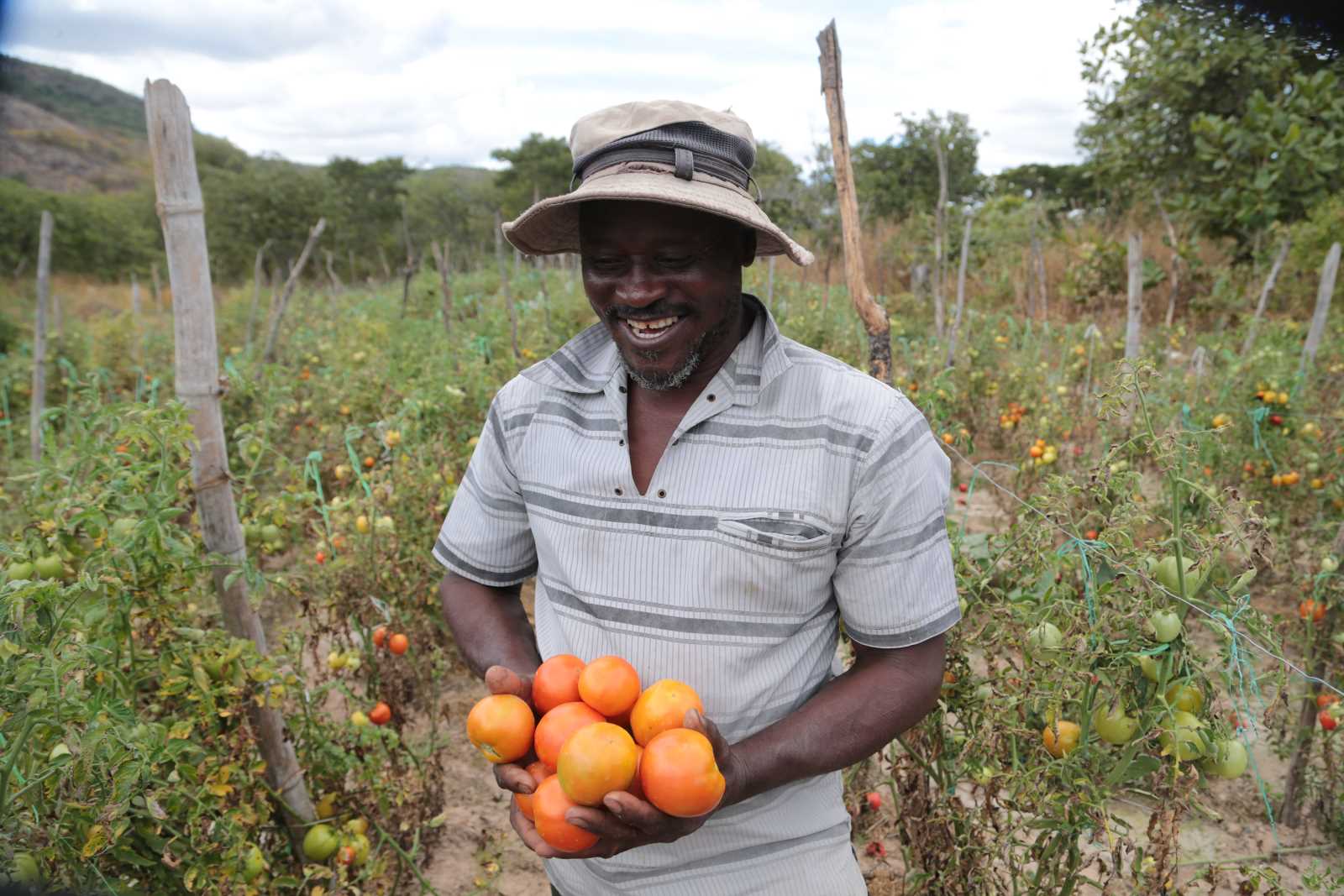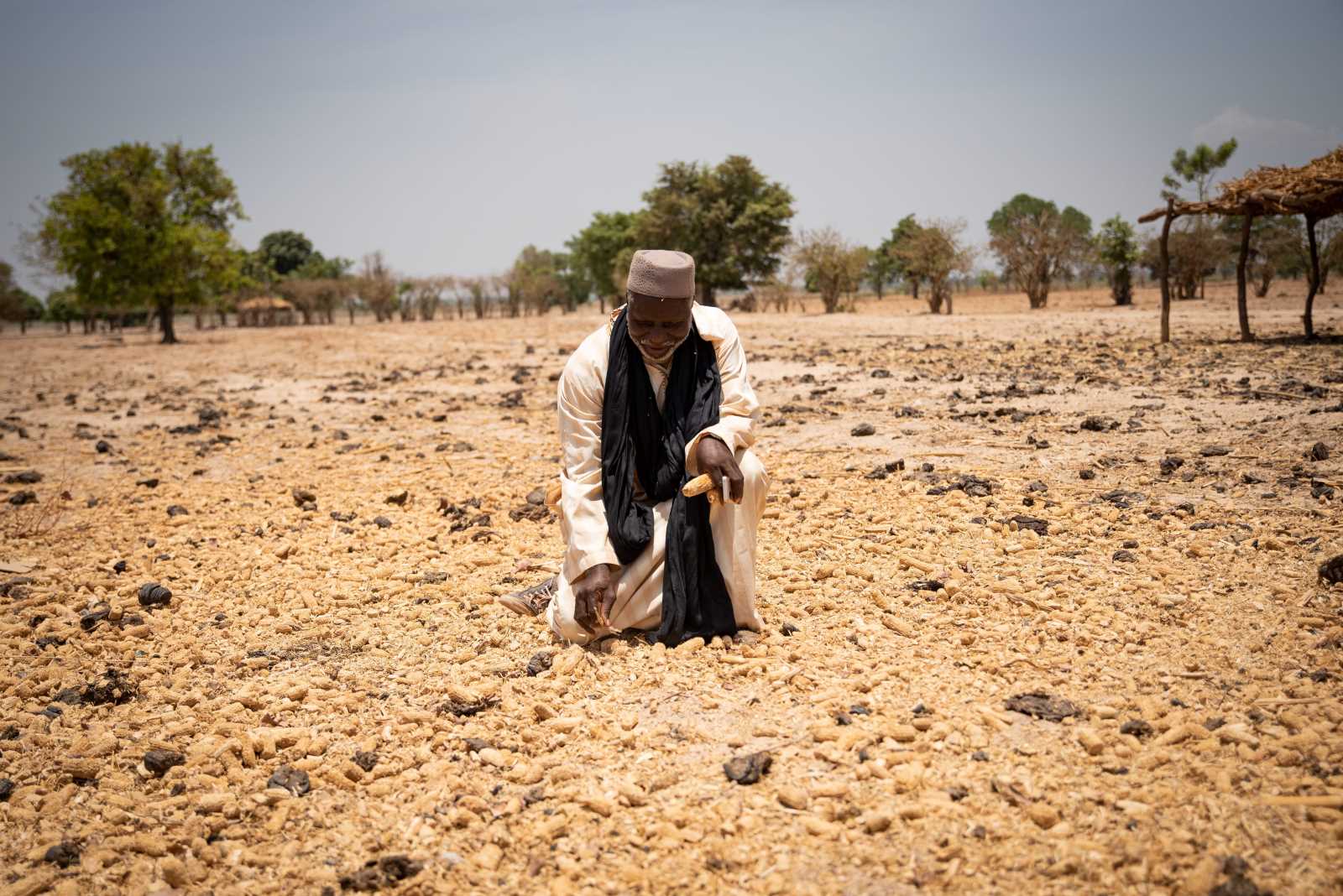Livestock
Guinea pigs for Africa

Cavies are rodents – and a not-too-distant relative of rabbits. They live in both the pampas and the Andean mountains. Only the Amazon rainforest is beyond their comfort zone. Cavy meat is high in protein and contains lots of polyunsaturated fatty acids that are good for the heart.
In Ecuador and Peru, in particular, cavies are a popular and traditional food, found even on the menu at top restaurants in Quito and Lima. In some places, cavies are also believed to have a medicinal value – useful in the treatment of cancer, for instance. However, there is no scientific evidence.
Cavies are easy to keep. They do not need much space – a small pen or cage will generally suffice. Alternatively, they can simply be allowed to range freely in a kitchen or room. They are shy animals and will not try to escape at the first opportunity. That is an important consideration when introducing livestock into a non-native environment.
Cavies are viewed with certain misgivings in Africa because invasive species can do great harm. Maize and sorghum harvests across the continent have been decimated, for example, by the armyworm imported from South America (see Humphrey Nkonde in D+C/E+Z e-Paper 2017/04, Monitor). The real question, however, is whether cavies should really be regarded as an invasive species in Africa? According to Brigitte Maass, an agricultural scientist who draws on decades of experience in international agricultural research in South America and East Africa, the answer is no. Cavies – she says – have been present in Africa for a long time.
How they were introduced to the continent is still a mystery. They were probably brought in by European missionaries. “It is exactly ten years ago that we discovered cavies in Eastern Congo,” Maass recalls. “By we, of course, I mean Europeans. The Africans have long been aware of their farming and commercial potential.”
Easy to feed
Perhaps the cavy’s biggest advantage as a livestock species is that it does not compete with humans for food. That is not the case with chickens, for instance, because the grain they are fed could also be used to feed humans. Cavies are not fussy eaters. They get the nourishment they need from grass and herbs, but will feed equally happily on kitchen waste. Another advantage of cavies is that their manure makes excellent fertiliser. It is nitrogen-rich and also relatively dry, so it is lighter than manure from other animals and thus easier for farmers to transport and spread.
In Africa, a conservationist case can be made for cavies. They are an alternative to bushmeat (forest animals which are hunted). Bushmeat is eaten throughout the continent. Cavy husbandry could thus help to protect biodiversity.
The physical size of cavies and the way they are reared are especially advantageous in conflict regions. “If you need to run from danger, you can easily grab a couple of cavies and stick them in your pocket,” Maass explains, “you cannot do that with cows, goats or pigs”. Larger animals, moreover, attract thieves. Marauding groups take interest. In Africa’s rural areas, livestock is typically considered a sign of prosperity. Cavies, however, are normally kept indoors, out of sight, or can easily be hidden if necessary.
Disease resistance is another plus that makes cavies an attractive proposition, especially in times of crisis, when food and medicines are in short supply. They are easy to breed and rear, so marketing can be done fast and conveniently should a crisis arise. Some aid agencies have started distributing cavies to refugees and people in war zones. The idea is to help them get onto a “livestock ladder” to escape poverty.
In South Kivu Province in the east of the Democratic Republic of the Congo, cavies are raised and sold mainly by women and children. In many cases, the money is used to pay school fees or make purchases that benefit the whole family. In the Iringa region of Tanzania, some 500 kilometres west of the capital Dar es Salaam, a survey revealed that cavy is the second-most popular meat after beef, on par with pork and chicken.
Cavies are widespread from Senegal in West Africa to Tanzania in the east. However, most countries do not include them in their official livestock statistics. This may be because European scientists play a lead role in many of the censuses and Europeans do not class cavies as livestock. The size of the total cavy population in Africa is very hard to estimate, Maass says, because it changes so fast. “If we assume that Congo has a minimum of 2 million cavies and Tanzania and Cameroon more than half a million each, we are probably talking about a population of around 5 million across sub-Saharan Africa as a whole.” To put that in perspective: there are an estimated 22 million cavies in Peru alone and another 15 million in Ecuador. The two Andean countries now count only cavy mothers because total populations fluctuate too much over a year to permit meaningful statistics.
Learning from South American breeders
A commercial farmer in Peru will stock more than 20,000 cavies, while Ecuador’s largest producer has 80,000. In Africa, on the other hand, the biggest cavy breeders keep at most around 400 animals. African smallholders could learn a great deal from the experience amassed over decades in Latin America. That realisation prompted the creation of a south-south workshop in Africa where South American cavy producers share their knowledge with African colleagues. Maass has been running it since 2016.
Aspects of professional breeding operations include appropriate feed, improved hygiene, separation by age group and selection of particularly fast-growing specimens with a high final weight. It is important to reduce inbreeding through controlled mating. Cavies bred and reared to professional standards are ready for slaughter within about three months. The final weight is about one kilogramme. By contrast, the peak weight of those reared by African farmers is just 400 grams so far.
The workshops in Africa promote the so-called innovation platform model, which, according to Maass, impresses even South American breeders. The aim of the platforms is to convene as many different stakeholders as possible along the value chain – producers, dealers, restaurateurs, bankers, reporters, researchers and many more. “In launching the workshops, we have initiated an active exchange between African and South American breeders,” Maass says.
Frank Odenthal is a freelance journalist.
frank.odenthal@posteo.de















